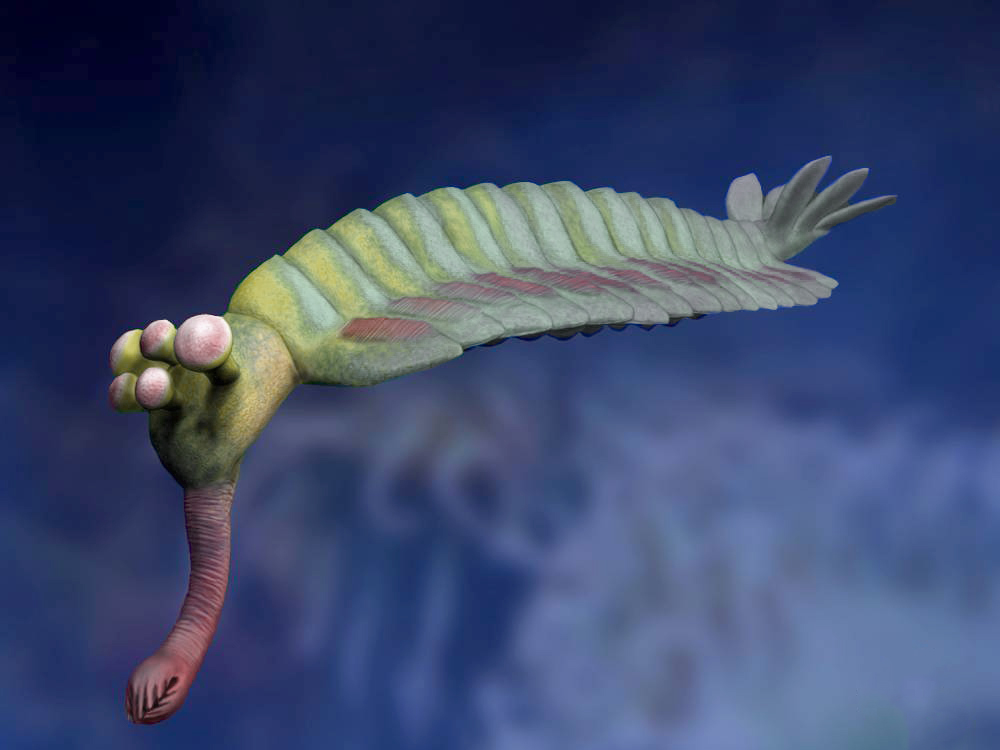Imagine walking along an ancient seafloor 500 million years ago and encountering what appears to be nature’s first vacuum cleaner, complete with a flexible hose and cylindrical body, methodically sweeping across the ocean bottom. This isn’t science fiction – it’s the bizarre reality of one of Earth’s most peculiar prehistoric inhabitants that has puzzled scientists for decades.
Meet the Opabinia: Nature’s Ancient Cleaning Machine

The Opabinia regalis stands as one of the most enigmatic creatures ever discovered in the fossil record. This extraordinary animal lived during the Cambrian period, roughly 505 million years ago, in what is now the Canadian Rockies.
Picture a creature about three inches long with a segmented, torpedo-shaped body that tapered toward the rear like a vintage vacuum cleaner design. Its most striking feature was an elongated, flexible proboscis extending from its head – essentially a biological hose that could bend and maneuver with remarkable precision.
What made this “prehistoric vacuum” even more extraordinary were its five mushroom-shaped eyes perched on top of its head like strange periscopes. These weren’t just for show – they provided the Opabinia with an almost 360-degree view of its underwater world, making it one of nature’s most alert housekeepers.
The Burgess Shale Discovery That Changed Everything
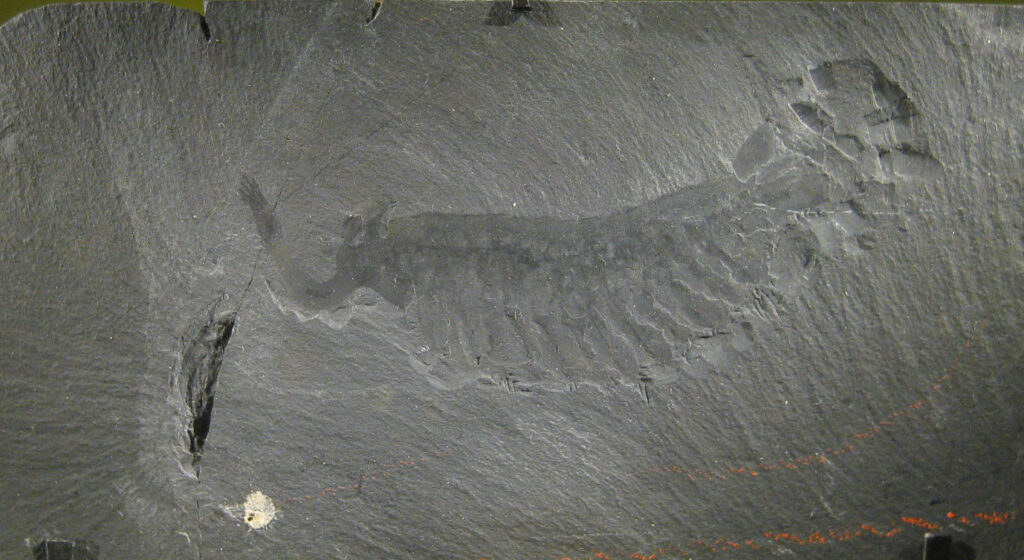
The story of Opabinia’s discovery reads like a paleontological thriller. In 1909, Charles Doolittle Walcott stumbled upon what would become one of the most important fossil sites in history – the Burgess Shale in British Columbia.
Hidden within these ancient rock layers were perfectly preserved soft-bodied creatures that had been rapidly buried by underwater landslides. The exceptional preservation conditions created a time capsule that captured even the most delicate tissues and organs.
When Walcott first encountered Opabinia fossils, he was so baffled by their bizarre appearance that he initially misidentified them. It wasn’t until decades later that scientists realized they were looking at one of evolution’s most creative experiments – a creature so unique it seemed to belong in a science fiction movie rather than Earth’s ancient oceans.
Anatomy of an Ancient Vacuum: How It Actually Worked

The Opabinia’s “vacuum hose” wasn’t just for show – it was a sophisticated feeding apparatus that would make modern engineers jealous. This flexible proboscis stretched nearly half the length of the creature’s body and terminated in a claw-like grasping structure.
Unlike a mechanical vacuum that relies on suction, the Opabinia used its proboscis more like a combination of a crane and tweezers. The muscular tube could extend, contract, and bend in multiple directions, allowing the creature to probe crevices and capture small prey items with surgical precision.
The grasping claw at the tip functioned like biological forceps, complete with backward-pointing teeth that prevented prey from escaping once caught. This ingenious design allowed the Opabinia to feed while maintaining a safe distance from potential threats lurking in the seafloor sediments.
Five Eyes and No Compromise: A Vision System Like No Other

Perhaps no feature of the Opabinia is more striking than its quintet of bulbous eyes, each resembling a miniature mushroom sprouting from its head. This unusual arrangement provided the creature with visual capabilities that modern animals can only dream of.
Each eye was positioned at a slightly different angle, creating overlapping fields of vision that eliminated blind spots entirely. Think of it as nature’s first surround-vision system – while most predators could only see in front of them, the Opabinia monitored threats from every direction simultaneously.
The compound structure of these eyes suggests they were highly sensitive to movement and changes in light intensity. This would have been crucial for a bottom-dwelling creature that needed to detect both prey items and approaching predators in the murky depths of the Cambrian seas.
Swimming Style: Grace Meets Efficiency
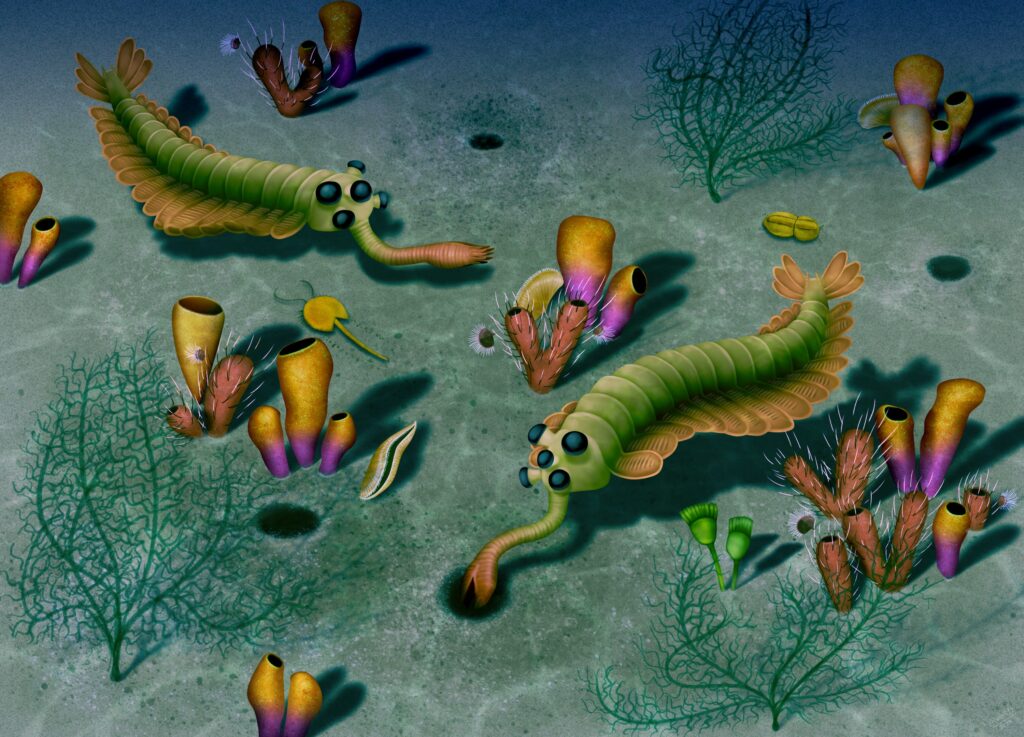
Despite its vacuum cleaner appearance, the Opabinia was surprisingly graceful in the water. Its body featured lateral fins that ran along both sides, creating undulating waves that propelled it forward with snake-like movements.
The creature’s swimming style resembled that of modern ray-finned fish, but with a distinctly prehistoric twist. Its segmented body allowed for incredible flexibility, enabling sharp turns and sudden direction changes that would have been essential for both hunting and escaping predators.
Scientists believe the Opabinia spent most of its time hovering just above the seafloor, using its proboscis to probe the sediment while its fins maintained perfect position control. This combination of mobility and precision made it one of the ocean’s most effective micro-predators.
Dining Habits of a Prehistoric Predator
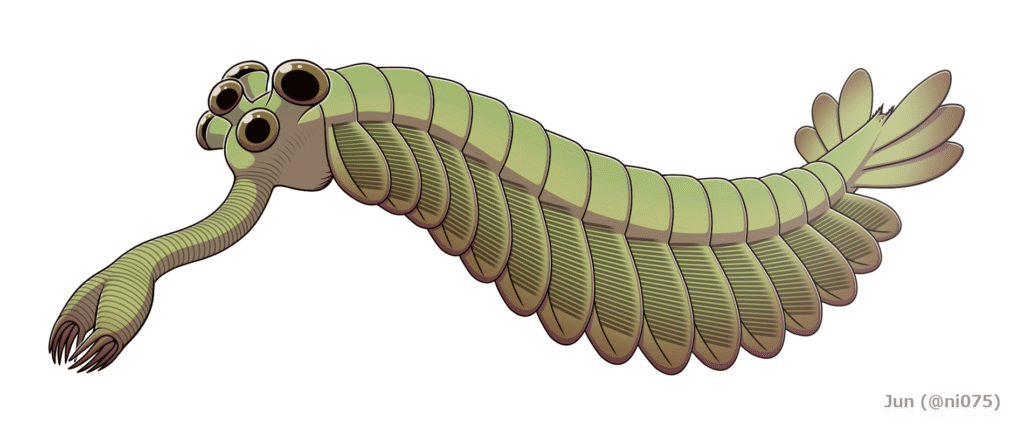
The Opabinia’s feeding strategy was both methodical and opportunistic, much like a modern vacuum cleaner systematically covering a carpet. Its primary diet consisted of small worms, primitive arthropods, and other soft-bodied creatures that inhabited the Cambrian seafloor.
Fossil evidence suggests that the creature used its proboscis to extract prey from burrows and crevices where other predators couldn’t reach. The backward-pointing teeth on its grasping claw were perfectly designed to maintain grip on slippery, struggling prey items.
Once captured, prey was transported back to the creature’s mouth, which was located on the underside of its head. This feeding mechanism allowed the Opabinia to consume relatively large prey items compared to its body size, making it a formidable predator despite its modest dimensions.
The Great Classification Mystery

For decades, scientists struggled to determine exactly where the Opabinia fit in the tree of life. Its bizarre combination of features didn’t match any known animal group, leading to heated debates among paleontologists about its evolutionary relationships.
Some researchers initially placed it among early arthropods, pointing to certain similarities in body segmentation. Others argued it represented an entirely separate evolutionary lineage that had no modern descendants – a so-called “evolutionary dead end.”
Recent studies using advanced imaging techniques and computer modeling have suggested that Opabinia might be related to modern arthropods after all, but represents an extremely early branch of that family tree. This would make it a crucial piece in understanding how complex animals first evolved their sophisticated body plans.
Preservation Miracle: How We Know So Much
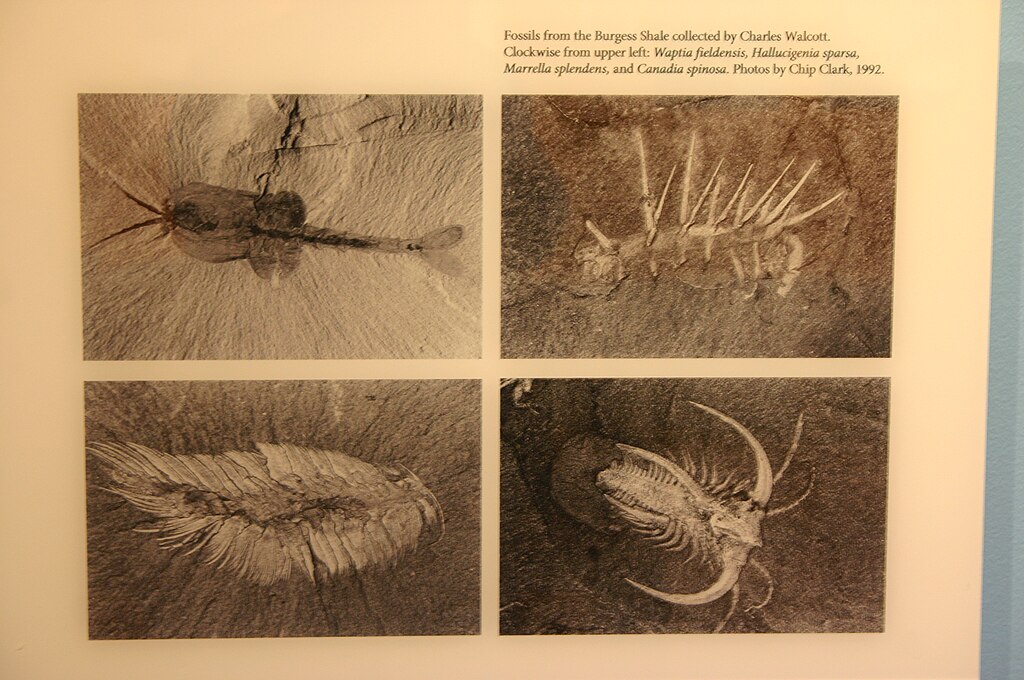
The exceptional preservation of Opabinia fossils in the Burgess Shale has provided scientists with an unprecedented window into Cambrian life. Unlike most fossils that preserve only hard parts like shells and bones, these specimens retain soft tissues, organs, and even digestive tract contents.
The rapid burial that created these fossils occurred so quickly that bacteria didn’t have time to decompose the soft tissues. Instead, the organic materials were replaced by minerals, creating perfect three-dimensional replicas of the original creatures.
Modern imaging techniques, including CT scanning and electron microscopy, have revealed details about Opabinia’s internal anatomy that would have been impossible to observe in living specimens. These insights have revolutionized our understanding of how early complex animals were constructed and how they functioned.
Living Relatives: Does the Vacuum Cleaner Have Family?
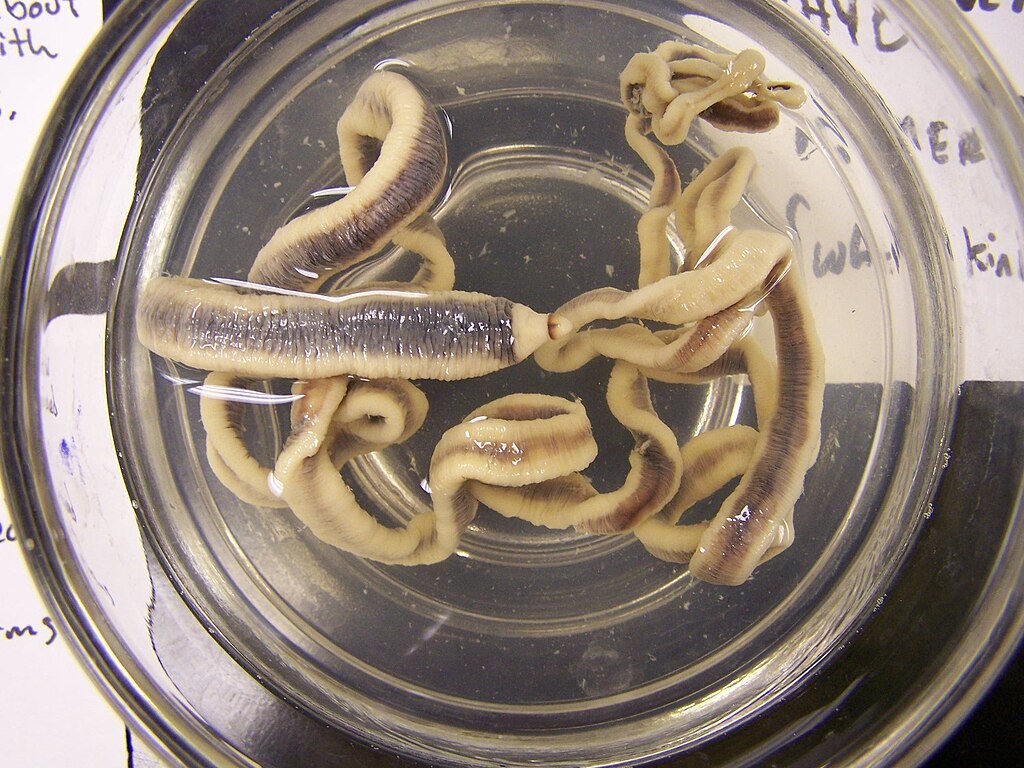
While no modern animal looks exactly like Opabinia, several creatures share intriguing similarities that hint at possible evolutionary connections. The proboscis worms of today possess flexible, extendable feeding tubes that function remarkably similar to Opabinia’s grasping appendage.
Some researchers have drawn comparisons to modern tardigrades, microscopic animals known as “water bears,” which also possess unusual body plans and feeding mechanisms. However, these similarities might represent convergent evolution rather than direct ancestry.
The ongoing debate about Opabinia’s relationships highlights how the Cambrian explosion produced such a diverse array of body plans that many lineages have no clear modern counterparts. This makes each well-preserved specimen incredibly valuable for understanding the full scope of early animal evolution.
Environmental Context: The Cambrian Seafloor Ecosystem

The world that Opabinia inhabited was vastly different from today’s oceans. The Cambrian seas were generally shallow, warm, and teeming with experimental life forms that were testing the boundaries of what it meant to be a complex animal.
Oxygen levels were lower than today, and there were no fish, marine reptiles, or other vertebrate predators to compete with or threaten bottom-dwelling creatures like Opabinia. This relatively open ecological landscape allowed for the evolution of highly specialized feeding strategies.
The seafloor itself was covered in thick microbial mats that provided both food and shelter for small animals. Opabinia’s vacuum-cleaner lifestyle was perfectly adapted to this environment, allowing it to exploit food resources that other creatures couldn’t access while avoiding larger predators that patrolled the water column above.
Technological Inspiration: Biomimicry and Modern Applications
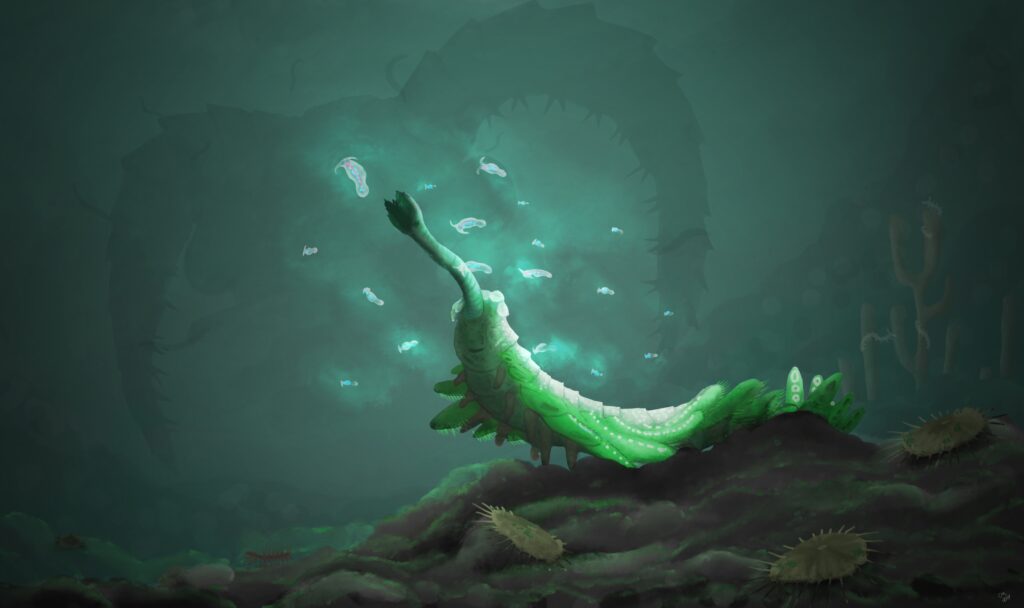
The unique design principles embodied by Opabinia have caught the attention of modern engineers and roboticists seeking inspiration for new technologies. Its combination of flexible manipulation, multi-directional vision, and precise positioning control represents an integrated system that surpasses many current robotic designs.
Researchers are studying how the creature’s proboscis achieved such remarkable flexibility without sacrificing strength or precision. This knowledge could lead to advances in surgical robotics, underwater exploration vehicles, and manufacturing automation systems.
The Opabinia’s five-eye vision system has also inspired new approaches to sensor design for autonomous vehicles and security systems. By understanding how this ancient creature processed information from multiple simultaneous visual inputs, engineers hope to create more robust and reliable artificial vision systems.
Scientific Significance: Window into Early Animal Evolution

Opabinia represents more than just a curious evolutionary oddity – it provides crucial insights into how complex animals first evolved their sophisticated body plans and behaviors. Its existence demonstrates that the Cambrian explosion wasn’t just about increasing diversity, but also about experimenting with entirely new ways of being an animal.
The creature’s combination of advanced sensory systems, sophisticated feeding mechanisms, and coordinated locomotion shows that complex animal behaviors evolved much earlier than previously thought. This challenges traditional assumptions about the pace and pattern of early animal evolution.
Studying Opabinia also helps scientists understand extinction patterns and evolutionary dead ends. By examining why some lineages survived while others disappeared, researchers can better predict how modern ecosystems might respond to environmental changes and mass extinction events.
Modern Research Techniques: Unlocking Ancient Secrets
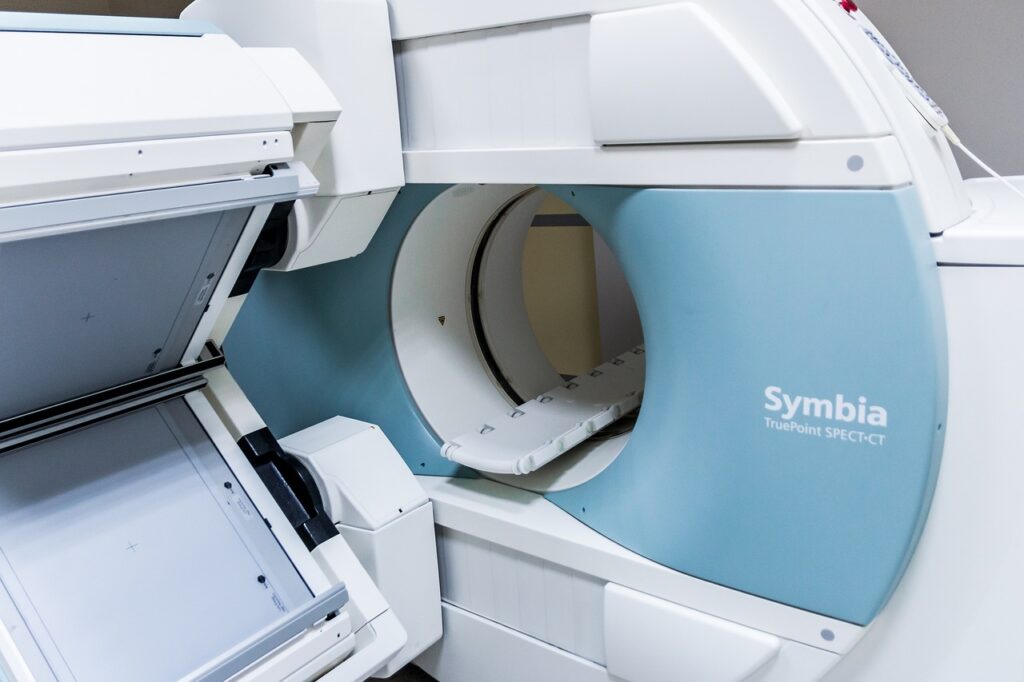
Twenty-first-century technology has revolutionized the study of Opabinia and other Burgess Shale fossils. High-resolution CT scanning allows researchers to peer inside specimens without damaging them, revealing internal structures that were previously invisible.
Advanced chemical analysis techniques can identify original organic compounds preserved within the fossils, providing information about the creature’s metabolism, diet, and even stress levels at the time of death. This type of molecular paleontology is opening entirely new research avenues.
Computer modeling and biomechanical analysis help scientists understand how Opabinia moved, fed, and interacted with its environment. By recreating the physics of the creature’s movements, researchers can test hypotheses about its behavior and ecological role that would be impossible to verify through fossil evidence alone.
The Extinction Question: Why Did the Vacuum Disappear?

Despite its apparent success as a specialized predator, Opabinia vanished from the fossil record relatively quickly, leaving no direct descendants that we can identify today. This raises fascinating questions about what factors determine evolutionary success and failure.
Some scientists suggest that Opabinia’s highly specialized lifestyle made it vulnerable to environmental changes. As ocean chemistry and temperature fluctuated during the later Cambrian period, generalist species may have had advantages over specialists like the “vacuum cleaner” predator.
The extinction of Opabinia also coincides with the rise of more familiar animal groups, including early vertebrates and more advanced arthropods. Competition from these newcomers might have gradually squeezed out the unique ecological niche that Opabinia had carved out for itself in the ancient seas.
The story of Opabinia reminds us that evolution is not a straight line toward increasing complexity, but rather a vast branching experiment where incredible innovations can appear and disappear over geological time. This remarkable creature, with its vacuum-cleaner appearance and alien-like features, represents one of life’s most creative solutions to the challenge of survival in ancient oceans. Its legacy lives on not just in museum displays and scientific papers, but in the ongoing inspiration it provides for understanding how life itself learns to adapt and thrive in an ever-changing world. What other incredible evolutionary experiments might be waiting to be discovered in the rocks beneath our feet?

